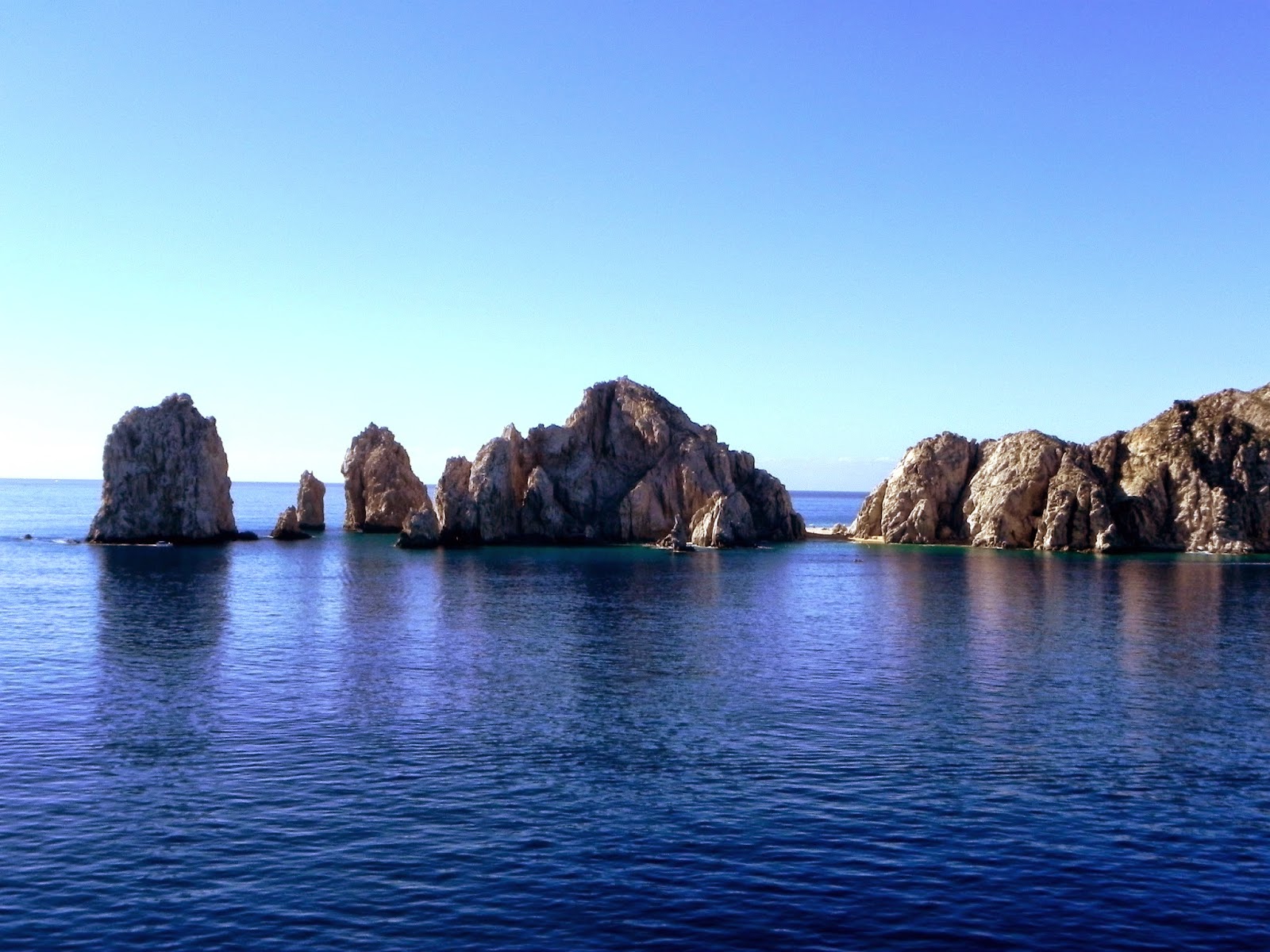As a child I remember myself dreaming
of travels to the most distant parts of the world. Growing up, nothing seemed
that this dream could become reality. However, I knew that this , one way or
another would happen. Maybe because the… "Never is too late for
anything", is an attitude for me.
Since travels were limited and always in line with my job leave, the
only travel left was the mental journey. The National Geographic magazine adorn
at least four double shelves in my library since the collection was started by
the first issue was released in Greece until today. I traveled with them in
remote places of the world; I have met specific cultures and have seen very
close the biggest, smallest, strangest animals ... How far you can travel by
dreaming...
Over the years, another great love was growing
slowly but steadily. My love for the sea. From summer to summer and weekend to
weekend, the sea came to be almost unique destination, solid escape from
routine. It was the place where I could reach the closest point to my real
self. Near the sea I become a better person. Near the sea I can see everything
more optimistic. Near the sea I can create. Near the sea I dream like nowhere
else...
“Conspiring universe”. This is the only way I
can explain how my life has changed so drastically and now I can travel often
and getting know what all those years I was dreaming of, through the sea
routes. Traveling is no longer just a holiday but part of my daily life. A
beautiful daily round full of all the shades of blue ocean and sky, smelling
the sea and almost tasting the salt.
These travels are not tourist ones. Besides, I
never consider myself as a tourist. I didn’t want just to visit different
places. I wanted to see the world, to see different things, neighborhoods,
people, cultures, habits, commonness ... Of course it is also interesting to
visit popular places, to get a picture with them and learn firsthand their
history. Personally, I’m more interested in the diversity of what we already
know. What I mean is, if someone visits Greece, can see some of the most
beautiful places on the planet. Our islands, our archaeological sites, our
history and our cities. Who would not be thrilled by a walk in Plaka, a
performance at the Herodion or move around in Thisio and get on a wonderful
ramble to the Acropolis? Who can deny that if you visited Greek islands like
Santorini, Mykonos, Rhodes will be filled with images that will remember all
his life?
But that's not all. Honestly, living in Greece
in the 21st century, what a tourist sees does not representing correctly the
original picture of the country.
The same of course applies to all
countries in the world. There are always places for tourists and somewhere
hidden behind them is the commonness of people, which, personally, I find much
more interesting...
In these few years of traveling, I have filled
with videos and photos many hard drives and countless memory cards. I knew at
some point I would like to talk about all of them. This is my archive, and I
consider it as granted.
From now on, with my camera on hand, we will
travel all together.
Bon Voyage































